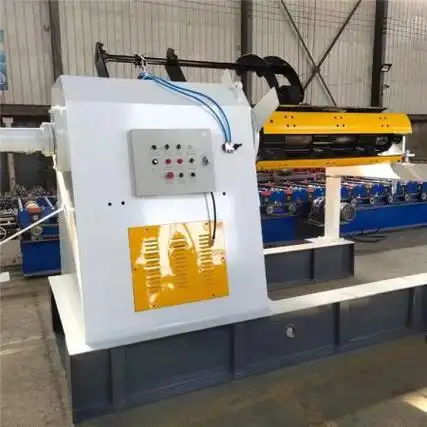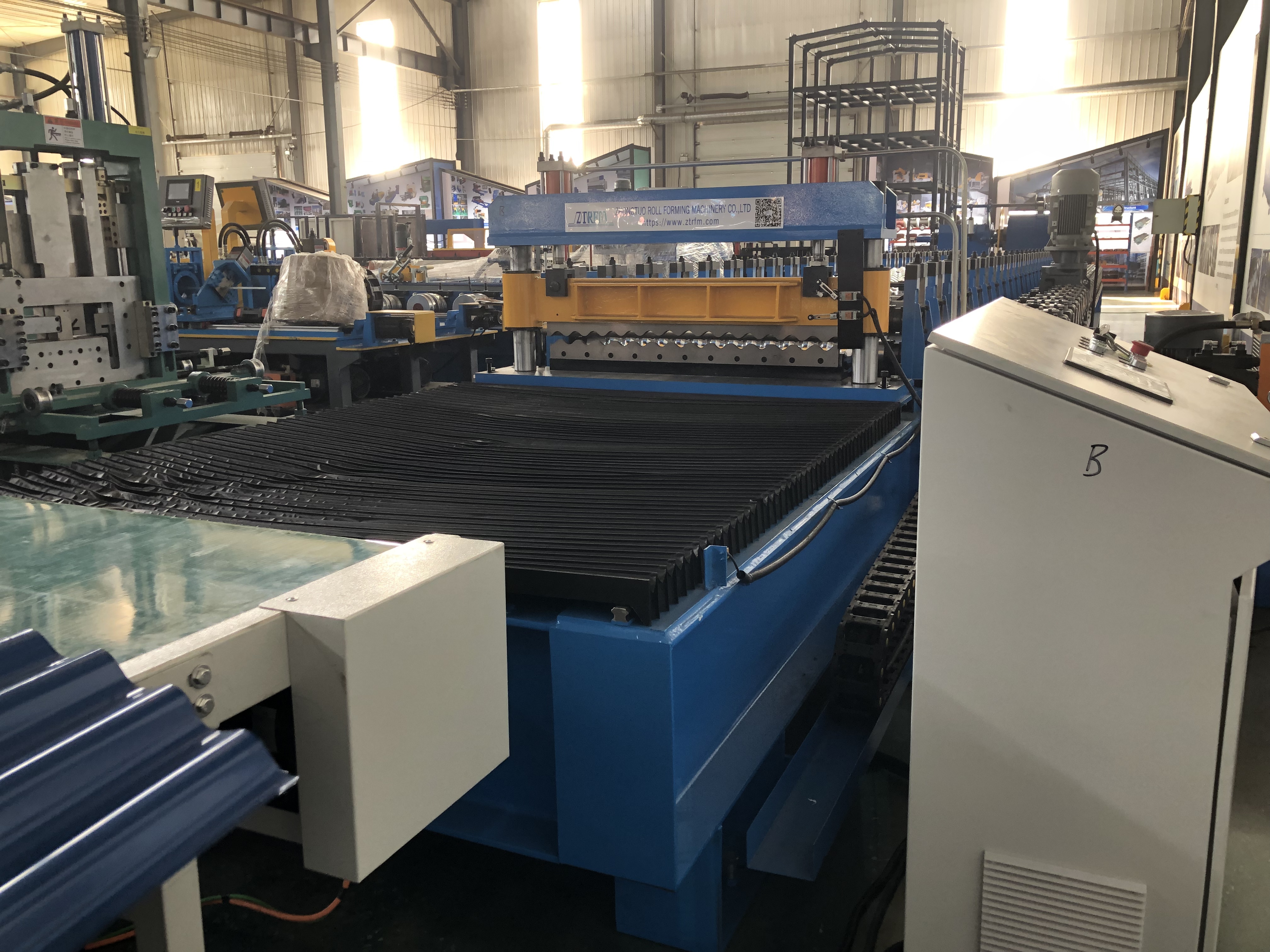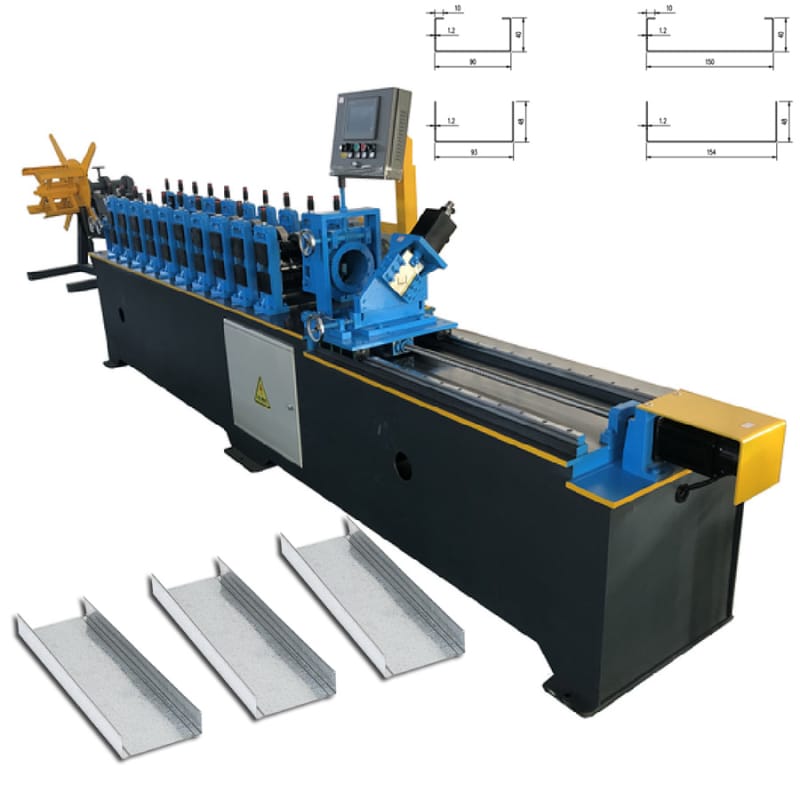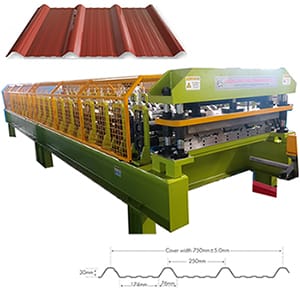Hydraulic decoiler types and how to judge quality
Hydraulic uncoilers can be classified according to the width of the coil material, the driving method, and the control method, as follows:
Classification according to the width of the coil material
Narrow-width hydraulic uncoiler: Generally used for processing coil materials with a width of less than 1 meter. This type of uncoiler has a relatively simple structure and a small volume. It is suitable for occasions with a small production scale or special requirements for narrow-width coil materials, such as small-scale hardware processing, electronic material processing, etc.
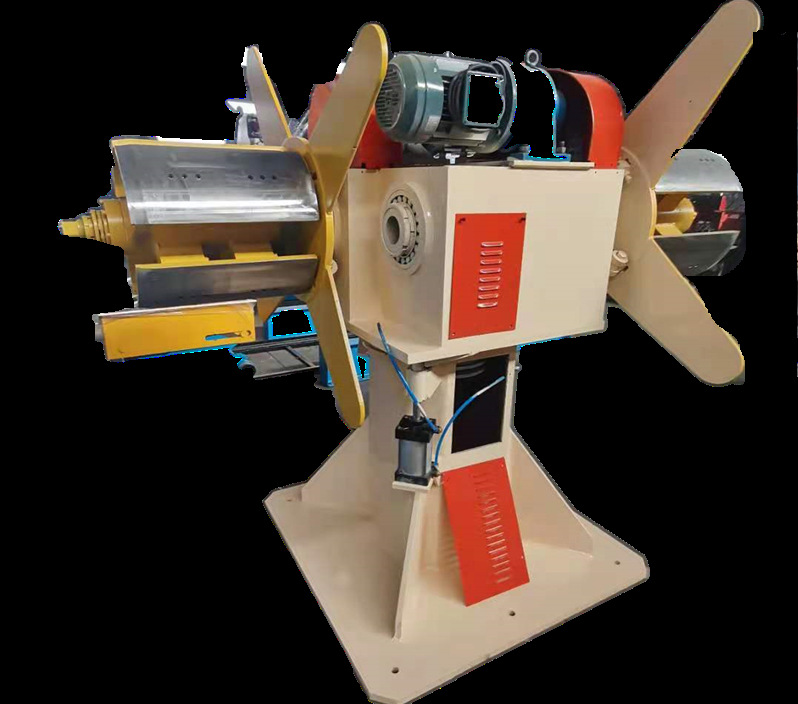
Wide-width hydraulic uncoiler: Mainly used for processing coil materials with a width of more than 1 meter. Common specifications include 1.2 meters, 1.5 meters, or even wider. A wide-width uncoiler requires a larger reel and a stronger driving system to bear the weight and tension of the coil material. It is usually applied in industries such as large-scale steel processing and building panel production.
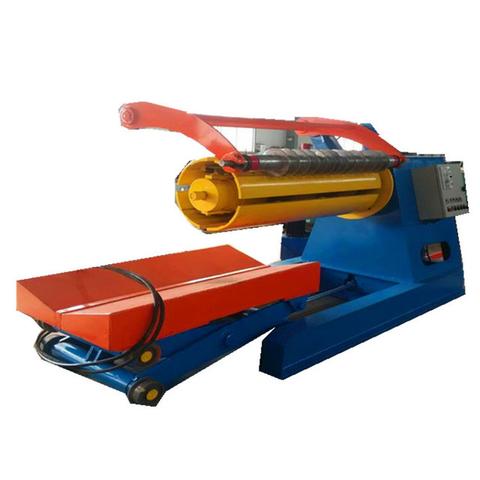
Classification according to the driving method
Single-motor-driven hydraulic uncoiler: It uses a single motor to drive the reel to rotate through the hydraulic system. This driving method has a simple structure and a low cost. It is suitable for occasions where the requirements for uncoiling speed and tension are not particularly strict and can meet the general uncoiling needs of coil materials.
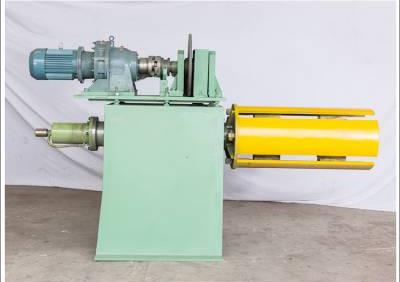
Dual-motor-driven hydraulic uncoiler: Equipped with two motors, it drives the reel in coordination through the hydraulic system. Dual-motor drive can provide greater torque and more precise speed control, and can better achieve constant tension uncoiling of the coil material. It is suitable for occasions with high requirements for uncoiling quality, such as high-precision metal sheet processing and auto parts production.
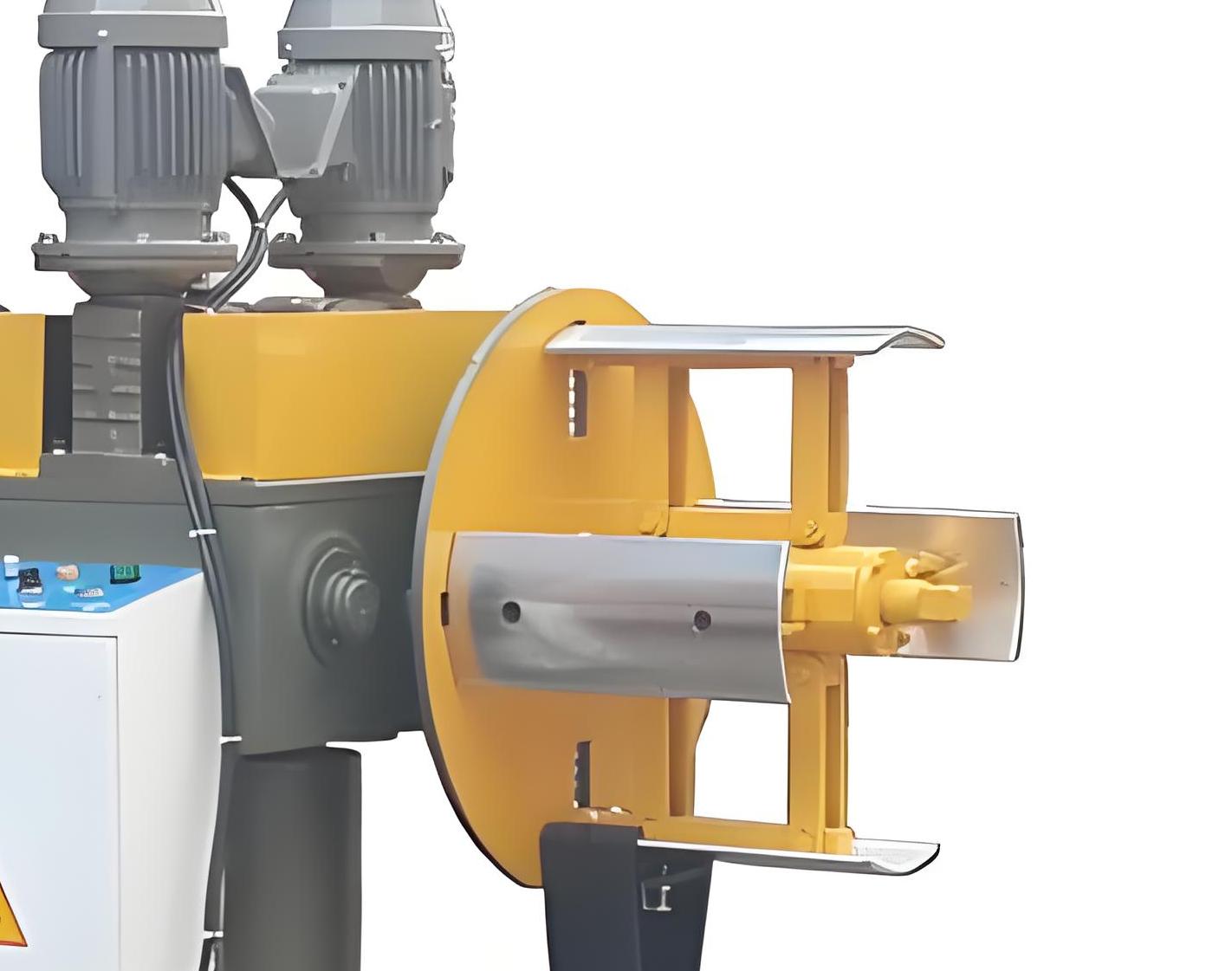
Classification according to the control method
Manually controlled hydraulic uncoiler: The operation of the uncoiler is controlled by manually operating the hydraulic valves, including the rotation of the reel and the adjustment of the tensioning device. This control method is simple to operate and has a low cost, but it requires a high level of skill from the operator, and the uncoiling accuracy is relatively low. It is suitable for some occasions with low requirements for uncoiling accuracy and a small production scale.

Semi-automatically controlled hydraulic uncoiler: On the basis of manual control, some automatic control functions are added, such as automatically adjusting the rotation speed of the reel or the tension force by using sensors to detect the tension or position of the coil material. The semi-automatically controlled uncoiler can improve the uncoiling accuracy and stability and reduce the labor intensity of the operator. It is suitable for medium-sized production enterprises.

Fully automatically controlled hydraulic uncoiler: It adopts advanced electrical control systems and sensors to achieve fully automatic control of the uncoiler. The operator only needs to set the uncoiling parameters on the operation interface, such as coil material specifications, uncoiling speed, tension, etc. The equipment can automatically complete the uncoiling process and monitor and adjust various parameters in real time to ensure the consistency of the uncoiling quality. The fully automatically controlled hydraulic uncoiler is suitable for large-scale and high-precision coil material processing production lines.
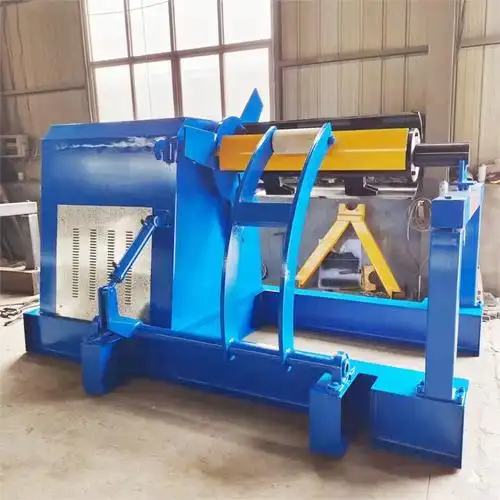
Quality Judgment Methods
Appearance Inspection: The appearance of a high-quality hydraulic uncoiler should be flat and smooth, without obvious welding defects, scratches, or deformations. The paint coating should be uniform and firm, without peeling or blistering. This not only improves the aesthetic appeal of the equipment but also provides anti-corrosion protection.
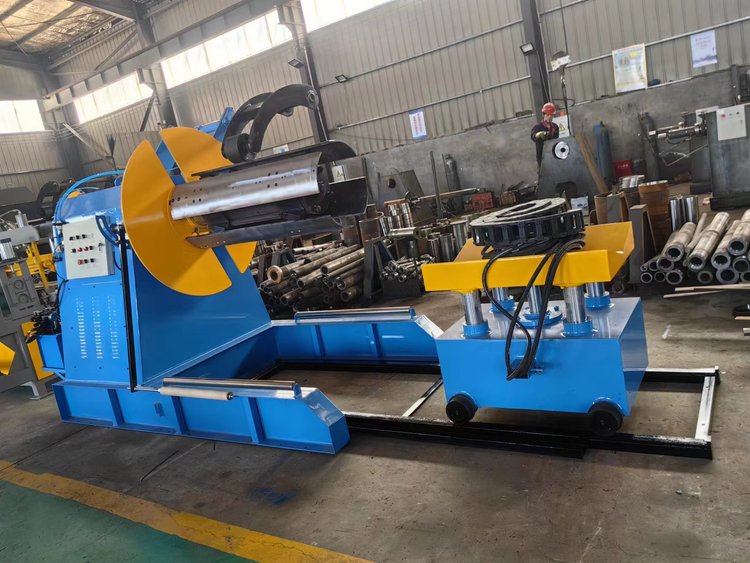
Structural Design: A reasonable structural design is the key to ensuring the performance of the uncoiler. Check whether the structure of the uncoiler is compact and sturdy, and whether the connections between various components are reliable. For example, the structure of the reel should be able to withstand the weight of the coil material and the tension during uncoiling, without deformation or breakage. The strength and stiffness of the frame should be sufficient to ensure that there is no shaking or vibration during the operation of the equipment.
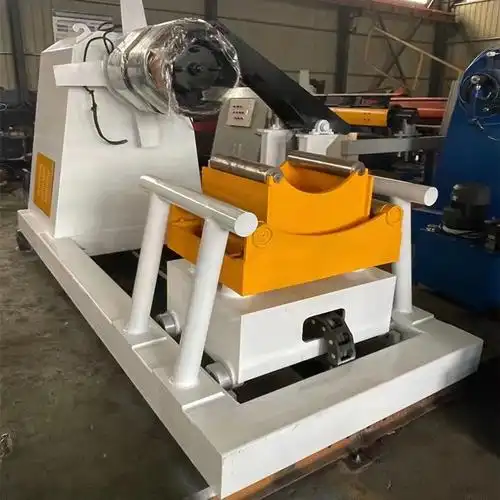
Hydraulic System: The hydraulic system is the core part of the hydraulic uncoiler, and its performance directly affects the working effect of the uncoiler. Check whether the components of the hydraulic system, such as oil pumps, cylinders, and solenoid valves, are from high-quality brands. High-quality hydraulic components have higher reliability and stability, which can reduce the occurrence of failures. At the same time, observe whether the pipeline layout of the hydraulic system is neat and reasonable, without any leakage. When the equipment is running, listen for any abnormal noises in the hydraulic system. If the noise is too loud, it may indicate problems with the hydraulic system, such as wear of the oil pump or poor oil passage.
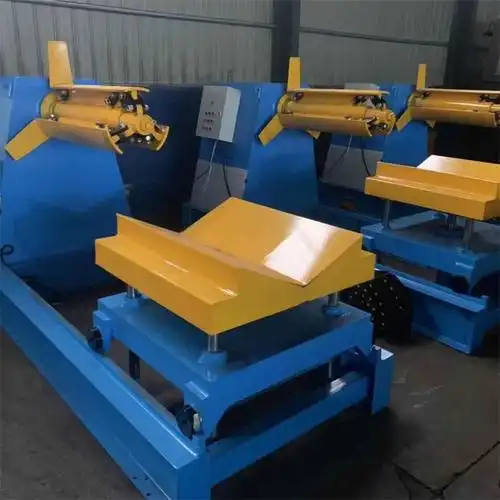
Electrical Control System: An advanced electrical control system can achieve precise control of the uncoiler. Check the quality and brand of electrical components, such as controllers, frequency converters, and sensors, to ensure their stable and reliable performance. Test whether the functions of the electrical control system are complete, such as whether it has functions like uncoiling speed adjustment, tension control, and fault alarm. Also, check whether the operation interface of the control system is user-friendly and easy to operate and debug.

Machining Precision: The machining precision of the uncoiler directly affects the uncoiling quality of the coil material. Check whether the precision indexes of the reel, such as cylindricity and coaxiality, meet the requirements. This will affect the flatness and uniform tension of the coil material during the uncoiling process. In addition, check the machining precision and assembly quality of the transmission components of the uncoiler, such as gears and chains, to ensure the smoothness and accuracy of the transmission process.

Commissioning and Running Test: Before purchasing or using a hydraulic uncoiler, conducting a commissioning and running test is an important step in judging its quality. During the test, observe whether the starting, running, and stopping of the uncoiler are smooth, and whether there is any abnormal vibration or noise. Check whether the uncoiling speed of the coil material is uniform, and whether the tension control is accurate and reliable, and whether it can meet the uncoiling requirements of different coil materials. At the same time, check the stability of the equipment after long-term operation, whether there are problems such as overheating and oil leakage.
